Why no one knows about the largest prison strike in U.S. history
It's sort of the point of the American incarceration system to consign people to oblivion
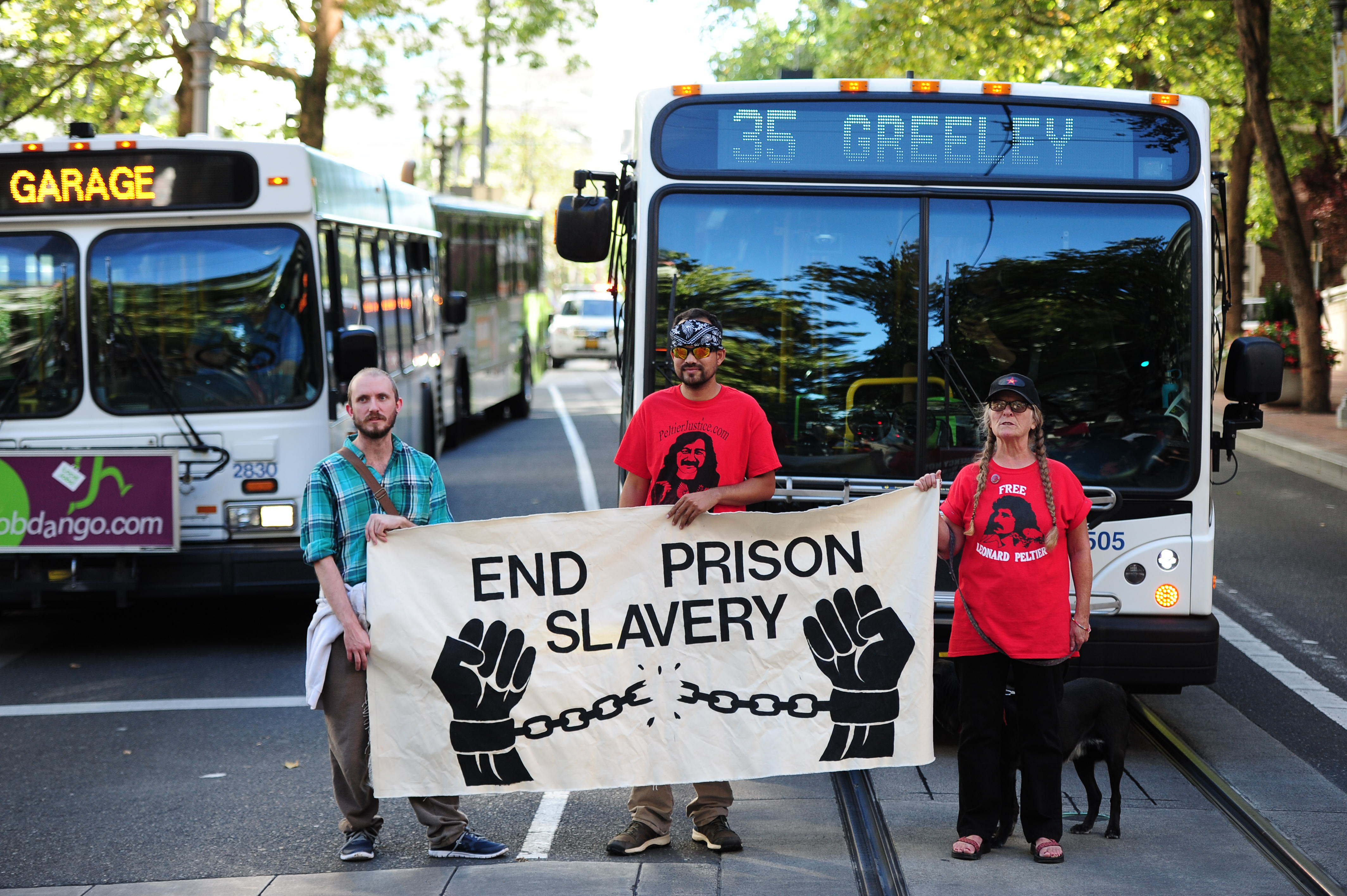

Something remarkable has gone down in prisons across the country over the last few weeks.
On Sept. 9, the two-year-old Incarcerated Workers Organizing Committee (IWOC) announced a nationally coordinated work stoppage and protest across American prisons. Organizers say there have been strikes at 29 prisons in 12 states — Virginia, Ohio, California, Florida, Alabama, South Carolina, Michigan, and more. "There are probably 20,000 prisoners on strike right now, at least, which is the biggest prison strike in history, but the information is really sketchy and spotty," the IWOC's Ben Turk told The Intercept last month.
This new round of protests was meant to commemorate the 1971 takeover of Attica prison, which was brutally put down by the New York state government and its troopers. Just as the uprising of Attica's prisoners was in protest of abuse, racism, and abysmal prison conditions, the new wave of prison strikes has its own grievances: Mass incarceration, three-strikes laws, abusive and dismal conditions — but above all, prison labor.
The Week
Escape your echo chamber. Get the facts behind the news, plus analysis from multiple perspectives.

Sign up for The Week's Free Newsletters
From our morning news briefing to a weekly Good News Newsletter, get the best of The Week delivered directly to your inbox.
From our morning news briefing to a weekly Good News Newsletter, get the best of The Week delivered directly to your inbox.
By some estimates, the prison labor economy brings in $2 billion annually, and employs 900,000 people or more. The labor is often used by state governments to offset costs in their own budgets, and many companies — including IBM, Boeing, Microsoft, AT&T, and Macy's — either currently make use of prison labor or have in the past. At Perry Correctional Institution in South Carolina, for example, where The New Yorker spoke with a striking inmate, the work can range from furniture manufacturing to kitchen duties, landscaping, and janitorial jobs. Across the nation, inmates make clothes, laundry supplies, name plates, park equipment, and food equipment, renovate buses, repair tires, and more.
Supporters of prison labor argue that these work programs give inmates structure and a sense of meaning and purpose — along with increasing their chances of finding employment when they're released. And indeed, there's some research to back up those claims.
The problem, critics say, is that inmates are required to work. They don't have a choice in the matter, and they're often punished (sometimes with solitary confinement) for refusing to work. Prisoners have essentially no way to argue for better compensation or better working conditions. And while inmates are ostensibly supposed to be paid prevailing wages, reality often falls far short of that. Fees, taxes, and deductions eat into inmates wages: everything from deductions for victims' compensation or restitution funds, child support, co-pays for medical treatment, or even to cover the overhead costs of the very work-release programs that give inmates the jobs in the first place. Actual pay at federal prisons runs from 12 to 40 cents an hour, and at state prison systems, sometimes the inmates are paid nothing.
It would cost prison systems hundreds of millions more each year to pay all their inmates minimum wage. Hence the enormous incentive to get by on paying the inmates a pittance. But it's also the strikers' source of leverage: At this point, the prison systems can't operate without their (nearly free) labor.
A free daily email with the biggest news stories of the day – and the best features from TheWeek.com
Almost two-thirds of the prisoners who work under these conditions are not white, versus just 30 percent of the American population as a whole that's non-white. The IWOC has clearly connected the dots between modern prison labor and America's shameful past use of slavery: "Overseers watch over our every move, and if we do not perform our appointed tasks to their liking, we are punished," the union's announcement read. "They may have replaced the whip with pepper spray, but many of the other torments remain: isolation, restraint positions, stripping off our clothes, and investigating our bodies as though we are animals."
Getting solid information on the scale and nature of the strikes is difficult, since prison officials can maintain pretty tight control over the information that gets out of their facilities. The Department of Corrections, not surprisingly, has denied that any work stoppages are occurring. Inmates themselves, along with their families and the IWOC, had to coordinate their activities via mail, stealth conference calls, lawyers and advocates, social media, online forums, and the occasional smuggled cell phone.
Prison strikes have a mixed record of success, and this round may already be winding down. If they don't break through now, organizers hope to boycott the outside world — namely, the companies that rely on prison labor.
It's sort of the point of the American incarceration system to consign people to oblivion; to remove them from our shared social life as punishment for their crimes. But that's also what makes it so hard to show the outside world — or get it to care — when prisoners are the ones being victimized.
Jeff Spross was the economics and business correspondent at TheWeek.com. He was previously a reporter at ThinkProgress.
-
 China’s single mothers are teaming up
China’s single mothers are teaming upUnder the Radar To cope with money pressures and work commitments, single mums are sharing homes, bills and childcare
-
 Employees are branching out rather than moving up with career minimalism
Employees are branching out rather than moving up with career minimalismThe explainer From career ladder to lily pad
-
 ‘It is their greed and the pollution from their products that hurt consumers’
‘It is their greed and the pollution from their products that hurt consumers’Instant Opinion Opinion, comment and editorials of the day
-
 The pros and cons of noncompete agreements
The pros and cons of noncompete agreementsThe Explainer The FTC wants to ban companies from binding their employees with noncompete agreements. Who would this benefit, and who would it hurt?
-
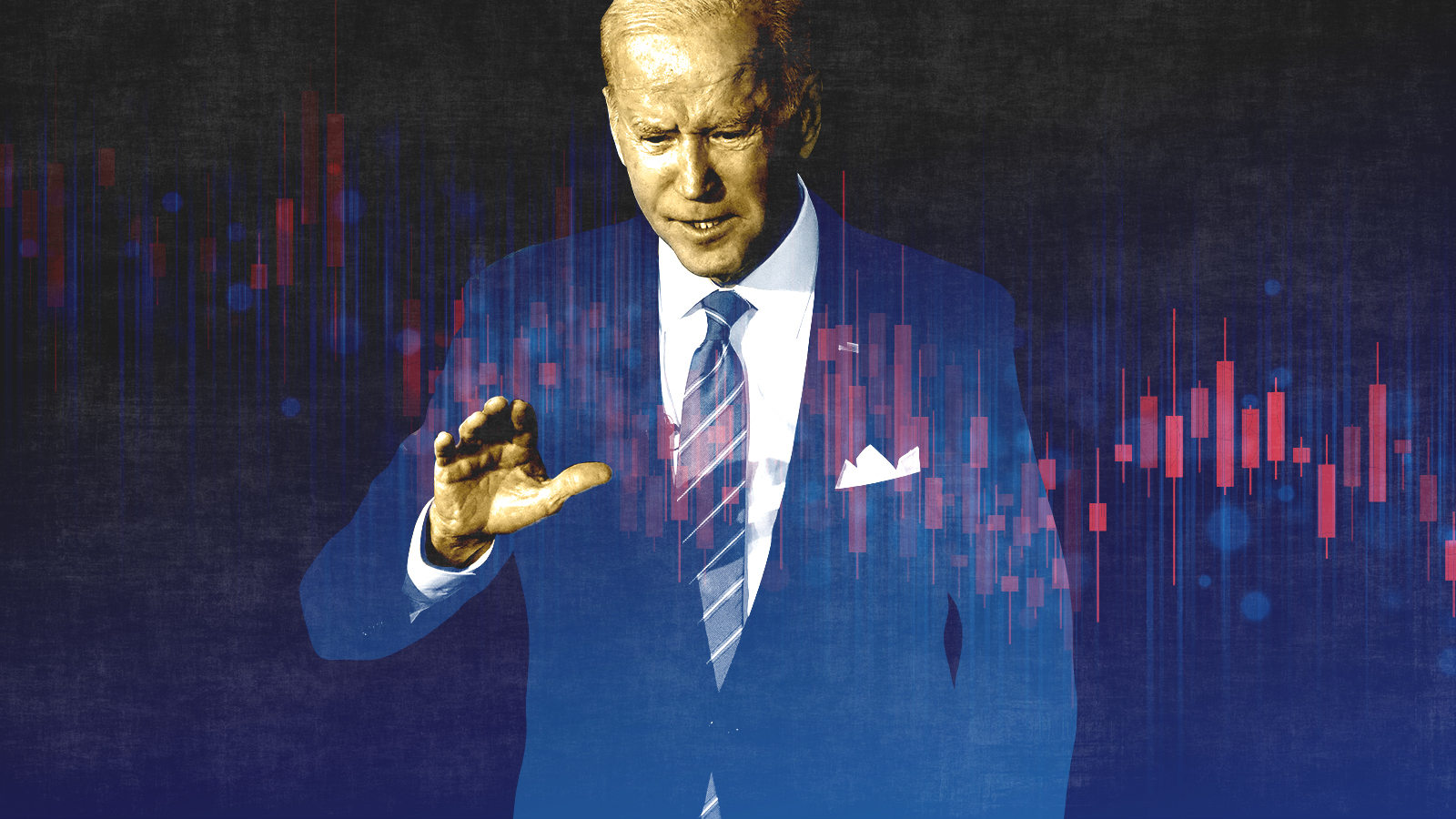 What experts are saying about the economy's surprise contraction
What experts are saying about the economy's surprise contractionThe Explainer The sharpest opinions on the debate from around the web
-
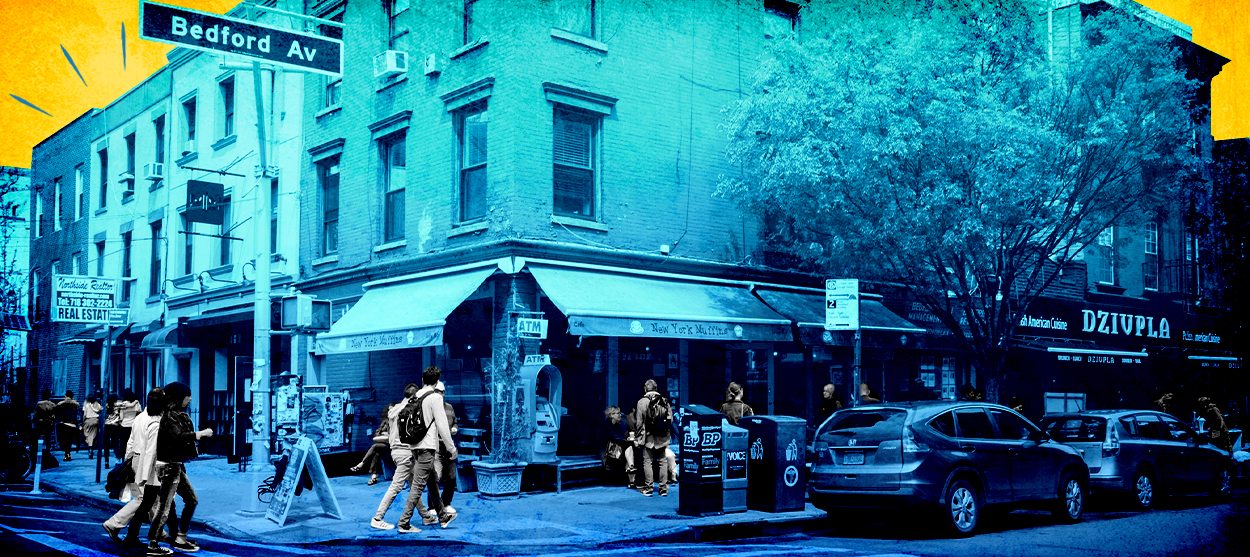 The death of cities was greatly exaggerated
The death of cities was greatly exaggeratedThe Explainer Why the pandemic predictions about urban flight were wrong
-
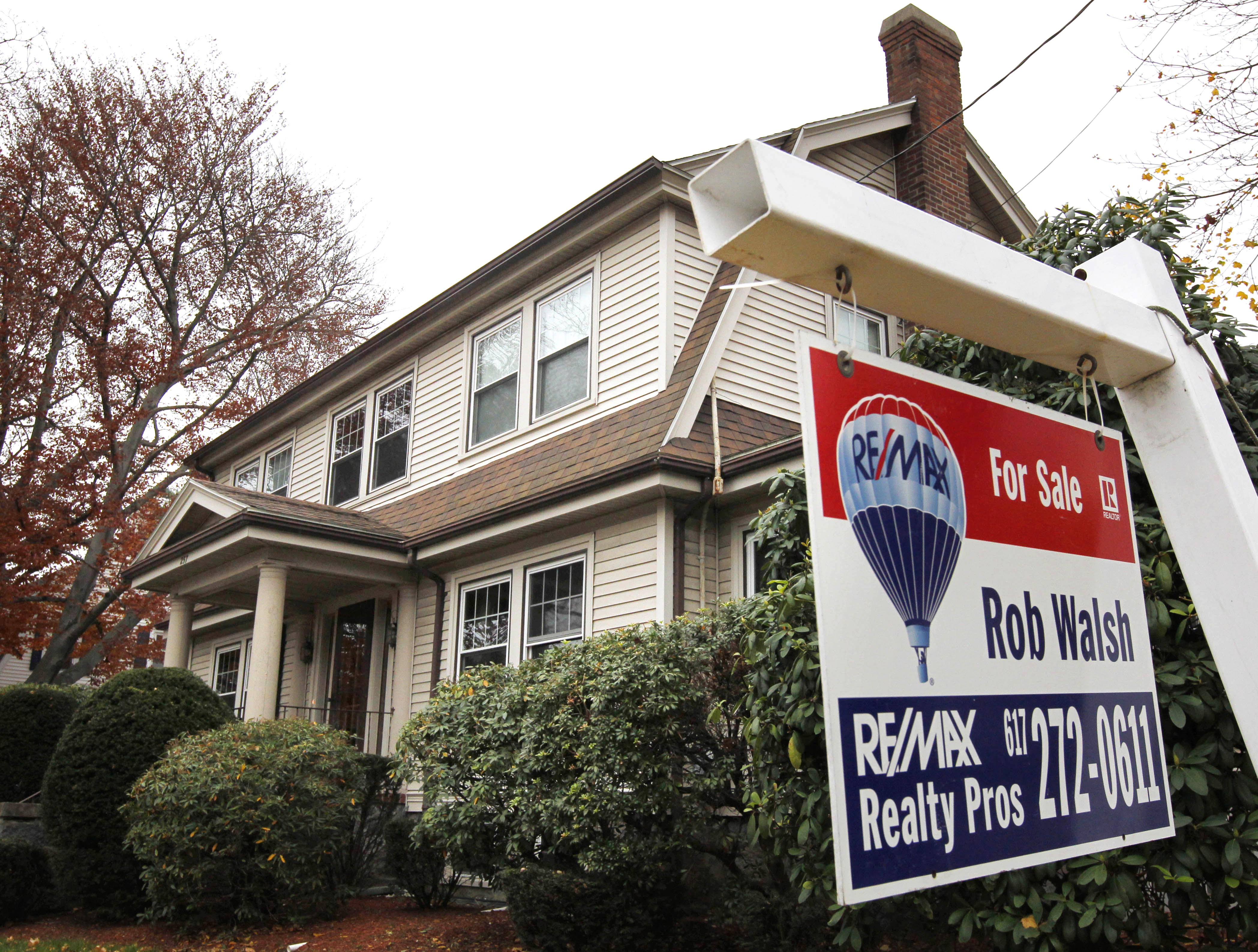 The housing crisis is here
The housing crisis is hereThe Explainer As the pandemic takes its toll, renters face eviction even as buyers are bidding higher
-
 How to be an ally to marginalized coworkers
How to be an ally to marginalized coworkersThe Explainer Show up for your colleagues by showing that you see them and their struggles
-
 What the stock market knows
What the stock market knowsThe Explainer Publicly traded companies are going to wallop small businesses
-
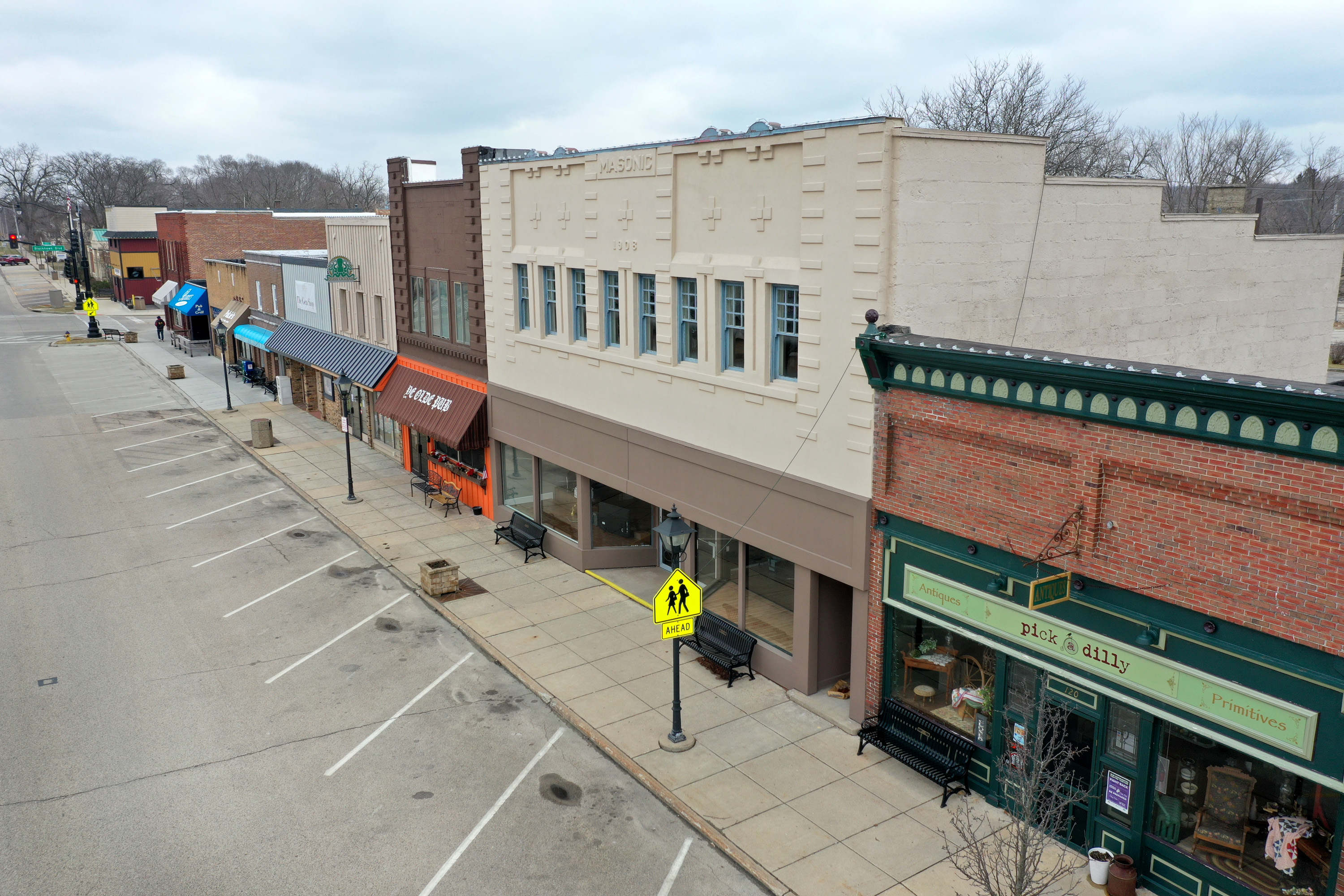 Can the government save small businesses?
Can the government save small businesses?The Explainer Many are fighting for a fair share of the coronavirus rescue package
-
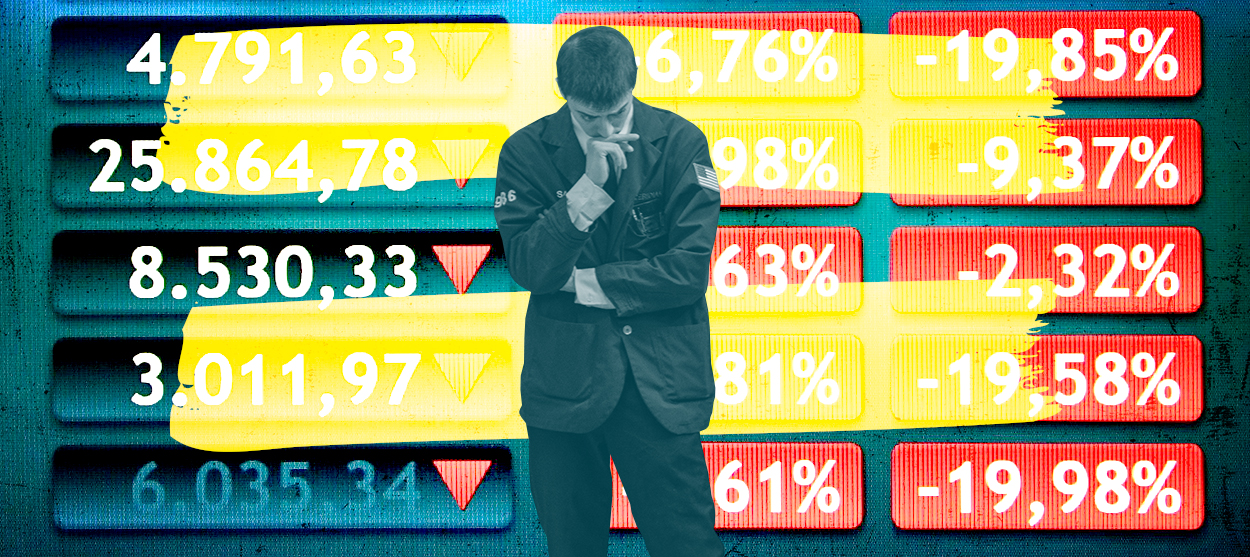 How the oil crash could turn into a much bigger economic shock
How the oil crash could turn into a much bigger economic shockThe Explainer This could be a huge problem for the entire economy
